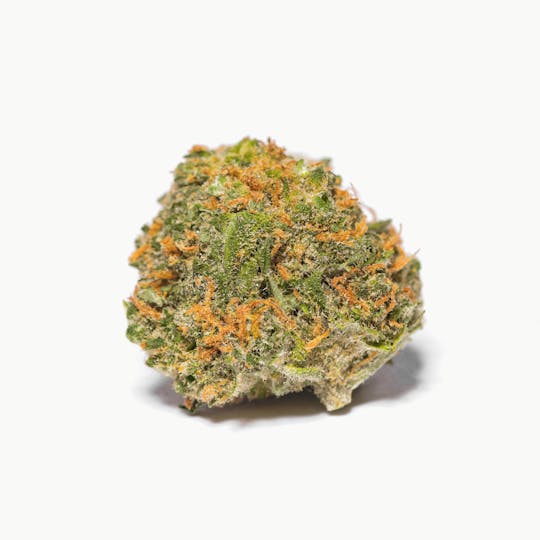
Durban Poison
Durban Poison Flower (3.5 grams currently available)
- Earthy
- Woody
- Spicy/Herbal
At Temescal Wellness, our mission is quality care, customized for our recreational guest's and medical patient’s needs. We strive to be the most trusted and consistent medical cannabis provider in the markets we serve.
Wellness - We have a passion for improving our patient's and guest's quality of life, starting in a safe, educational and comforting environment.
Quality - We cultivate, manufacture and dispense a variety of CBD and THC-rich strains in an array of delivery methods - always with safety and sanitation in mind to ensure the highest quality.
Community - We have an unwavering responsibility to the vitality, safety, and security of our employees, patients, and communities we share.
Temescal Wellness Massachusetts:
Providing both THC-rich and CBD-rich products allows patients to find symptom relief through the entourage effect. All products are paired with the results from our 3rd-party lab testing to verify that every cannabis product we produce is cultivated and processed to the highest standards
Durban Poison has deep roots in the Sativa landrace gene pool. The strain’s historic phenotypes were first noticed in the late 1970s by one of America’s first International strain hunters, Ed Rosenthal. According to cultivation legend, Rosenthal was in South Africa in search of new genetics and ran across a fast flowering strain in the port city of Durban. After arriving home in the U.S., Rosenthal conducted his own selective breeding process on his recently imported seeds, then begin sharing. Rosenthal gave Mel Frank some of his new South African seeds, and the rest was cannabis history.
Frank, who wrote the “Marijuana Grower’s Guide Deluxe" in 1978, modified the gene pool to increase resin content and decrease the flowering time. In search of a short-season varietal that could hit full maturation on the U.S. East Coast, Frank’s crossbreeding efforts resulted in two distinct phenotypes, the “A” line and “B” line. The plant from Frank’s “A” line became today’s Durban Poison, while the “B” line was handed off to Amsterdam breeder David Watson, also known as “Sam the Skunkman.”
Durban Poison has a dense, compact bud structure that’s typical of landrace Indica varieties, but the flowers’ elongated and conical shape is more characteristic of a Sativa.